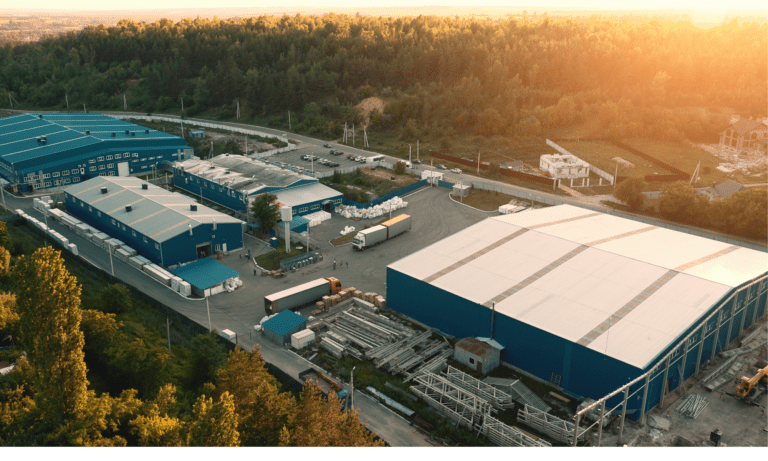Your DVIR, or driver vehicle inspection report, is an incredibly important part of keeping up with your vehicles. Your drivers should inspect the vehicle and provide a report after every run. However, that report won’t indicate the preventative maintenance steps your vehicles need in order to remain as efficient and safe as possible. Having a preventative maintenance schedule is just as important as your regular driver inspections–and not keeping up with that maintenance can have substantial cost to your fleet.
The Cost of Not Having a Preventative Maintenance Program
If you don’t have a preventative maintenance program in place, it could lead to substantial overall costs for your business. Consider these potential costs of ignoring preventative maintenance on your vehicles:
1. Downtime for Drivers
For every day that you have a vehicle down, according to Work Truck, it could cost between $448 and $760. When your vehicles aren’t running, your people can’t work. However, in many cases, you may still have to pay your employees. Unplanned downtime can mean that your business is poorly prepared to handle that downtime. When you schedule preventative maintenance, on the other hand, you can schedule it around your drivers and your overall business needs. Not only that, preventative maintenance usually keeps your vehicles out of commission for a shorter period of time than unplanned vehicle emergencies, since you don’t have to diagnose, wait for parts to come in, or potentially transport a stranded vehicle.
2. The Cost of Repairs Is Often Substantially Higher Than the Cost of Preventative Maintenance
Preventative maintenance can help prevent the need for costly repairs to your fleet vehicles. Often, simply taking care of those tasks ahead of time can substantially reduce your overall costs when compared to the need to repair the vehicle. Vehicle emergencies, when failure to take care of maintenance leads to significant damage to the vehicles, can often prove expensive–and sometimes, those broken components lead to even more vehicle damage.
3. A Lack of Preventative Maintenance Can Shorten the Life of Your Vehicles
You may have to replace the vehicles (and their component parts) more often, which can cause you to face significantly higher charges to keep your business running. You’ll also notice that tires and other components wear out faster when you don’t conduct preventative maintenance, which can raise your operational costs.
4. Poor Preventative Maintenance Habits Can Decrease Your Fuel Efficiency
When your fleet travels thousands of miles each week, even a 1% decrease in fuel efficiency can lead to a substantial increase in your fuel costs.
5. Lack of Preventative Maintenance Can Lead to Accidents
When you don’t conduct regular preventative maintenance on your vehicles, failed components, including engines, transmissions, and tires, can lead to accidents on the road. An accident caused by lack of maintenance may leave your company responsible for a number of expenses:
- The cost of replacing or repairing the vehicle
- Medical expenses for your driver
- Legal expenses for any other individuals injured in the accident, including their medical expenses, repairs to their vehicle, and their legal fees. In the case of significant injury, you may also be liable for paying for pain and suffering, lost wages, and other expenses associated with the accident.
6. Failure to Conduct Preventative Maintenance Could Invalidate Your Vehicle Warranties
You rely on those warranties to provide coverage if something goes wrong with your fleet vehicles. If you aren’t taking care of preventative maintenance, however, you may not be able to claim warranty expenses.
7. You May Lose More Drivers When You Don’t Take Care of Maintenance
Cost to replace your drivers can grow substantially when they do not want to work regularly for your company. Drivers want to know that you’re keeping them and others who share the road with them safe. This includes taking care of needed maintenance on the vehicles they drive every day.
Other Benefits of Preventative Maintenance
In addition to preventing your business from facing substantial costs due to the lack of maintenance on your vehicles, preventative maintenance has a number of other benefits.
1. The Department of Transportation Requires a Maintenance History and Plan for Every Vehicle in Your Fleet
Failure to keep up with this record can not only lead to substantial fines, it may leave you legally liable for expenses incurred in an accident, even if you cannot find clear evidence that mechanical failure caused the accident. You must track when you perform any kind of maintenance or evaluation of your fleet vehicles and clearly document your efforts. Documentation software can make it easier to keep up with individual reports for each vehicle.
2. Creating a Preventative Maintenance Schedule Can Help You Better Predict and Control Costs
While some types of maintenance need to be performed at specific mile markers or milestones in the life cycle of your truck, including changing the oil, replacing fluids, or changing tires, you can also schedule those bits of maintenance at the times that work best for you, as the fleet owner. You can set your schedule and spread those costs out over time, rather than ending up with expensive, bulk costs all at once due to mechanical failures or problems that have grown too severe to ignore. Not only will you take care of existing problems when you make preventative maintenance a priority, but you will also identify future potential problems.
You will be able to see when specific vehicle components grow worn or will need replacing in the near future. As a result, you can pre-plan and prepare for those expenses, rather than being surprised by them when you need to make a sudden replacement.
Conclusion
Not only is preventative maintenance legally mandated, it can offer a number of advantages to your fleet as a whole, including helping to protect your finances and your business. You can take control of fleet inspections and maintenance at the same time with Whip Around software. Try Whip Around today! Get free access now. Still have questions? Contact us to learn more.




